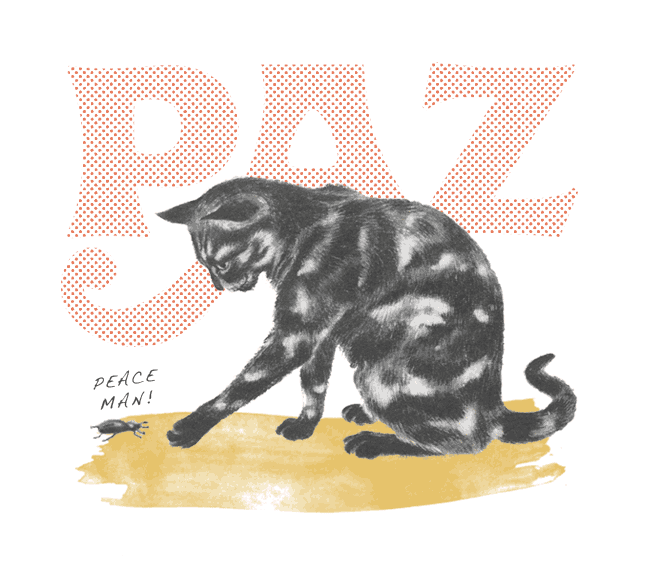Blog by Dr. Jamie Senthirajah
As much as you don’t want to believe it, it’s likely not you that takes your pet’s breath away. Don’t worry, you all still take my breath away. But, let’s get back to your pet. Certain breeds of dogs and cats can have a condition called brachycephalic airway syndrome in which breathing may be difficult. Read all about it and learn why this may be the case!
Overview
Brachycephalic means “short-headed”. Examples of brachycephalic breeds include English and French Bulldogs, Pugs, and Boston Terriers. Certain cat breeds, such as Persians, can also have this condition. The shape of their head places structures associated with respiration in an abnormal conformation. There are four main components of this disease: stenotic nares, an elongated soft palate, everted laryngeal saccules, and hypoplastic trachea. Patients may have any combination or all of these components. The basic mechanisms on how they contribute to BAS are listed below.
Stenotic nares are narrow nostrils which make it more difficult to air to get into the nasal passages and lungs.
An elongated soft palate extends beyond the tip of the epiglottis, which prevents adequate air from reaching the lungs.
Everted laryngeal saccules occur when normal tissue is pulled into the trachea during inspiration, thus leading to obstruction of airflow.
A hypoplastic trachea is narrower than normal, thus limiting oxygen delivery to the lungs.
Some dogs with BAS can develop other complications over time, so it is important to understand this disease process early on so recommendations for your pet can be made.
Signs
As described above, these components make brachycehalic dogs more prone to breathing issues. Thus, dogs may have noisy breathing, which is more pronounced during inspiration (breathing in). Exercise intolerance (being tired very quickly after exercise), cyanosis (blue gums), forelimbs that are spread apart, and gagging/vomiting may also be noted.
Diagnosis
Stenotic nares can be evaluated on routine physical exam. An elongated soft palate and everted laryngeal saccules have to be visualized while a patient is under anesthesia or sedation. A hypoplastic trachea needs to be evaluated with the use of radiographs (X-rays). These diagnostics and presence of clinical signs will dictate whether any corrective procedures are recommended.
Treatment
Stenotic nares can be corrected by widening the nostrils so airflow through the nasal passages can be increased.
A staphyelectomy (soft palate resection) should be done only if it is causing a clinic problem (the patient has clinical signs).
The everted laryngeal saccules can be removed at the same time of a staphylectomy.
Unfortunately, there is currently no treatment for a hypoplastic trachea.
Prevention
There is no prevention of BAS as this condition is breed-related and genetic, but there are things you can do to prevent clinical signs and improve your pet’s quality of life.
Weight: Keeping your pet at a proper weight is important for many reasons, but reducing and preventing respiratory difficulty is an important aspect.
Exercise Restriction: Most brachycephalic breeds are not marathon runners, although they seem like they have the motivation or will-power to do so. Limiting their exercise and activity will help reduce the chance of showing clinical signs.
Heat Restriction: Keeping your pet cool will prevent them from panting and having more complications from BAS. If you are exercising your pet, please do so in moderation, especially during warmer times of the day and year!
Harnesses: A harness is preferred over a collar and leash when walking as the latter will put pressure on the neck and potentially cause more respiratory difficulty. It is recommended to use a harness so the ‘pull’ does not interfere with respiration as much.
Neutering & Spaying: As this disease is both genetic and breed-related, avoidance of breeding in these dogs, especially those with severe clinical signs, is strongly recommended. We usually recommend performing the neuter/spay and BAS surgery (if clinically indicated) at the same time.
If you have any further questions about Brachycephalic Airway Syndrome and whether it affects your pet, please feel free to ask any of your friendly neighborhood PAZ Veterinarians during your next visit!







